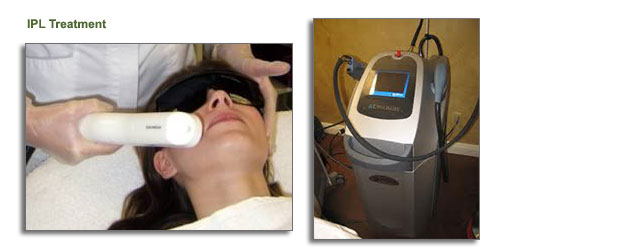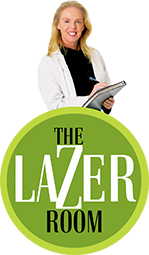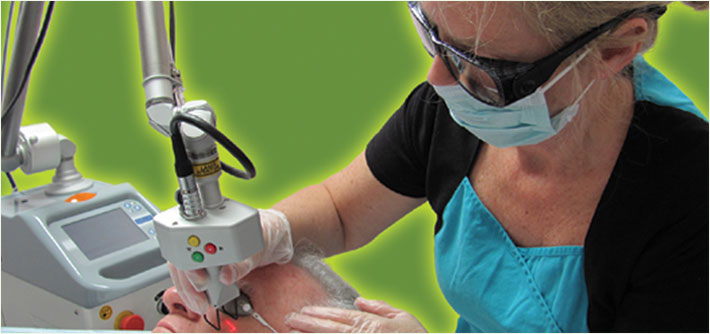
An Introduction to Photomedicine
What are Lasers and how do they Work?
The term Laser – which is an accronym for Light Amplification by Stimulated Emission of Radiation– refers to a device, which, through a process of excitation of large numbers of atoms in the lasing medium, emits a very intense, narrow beam of light of a single wavelength.This beam of light may be in the visible or non- visible part of the spectrum.
The medium used in the laser (e.g. Erbium, CO2, Nd Yag, Diode) determines the wavelength of the light beam that is produced. The beam of light may be in the visible or non- visible part of the spectrum ; and, depending on its wavelength, is absorbed by different targets in the skin; e.g.
- pigment (e.g. lasers used for hair removal or to treat brown spots);
- blood (e.g. vascular lesions such as birth marks, spider veins or rosacea);
- water (laser vaporizes the top layer(s) of skin cells- called resurfacing).
The wavelength ( and the diameter of the beam, known as the “spot size”) also determine the depth of penetration of the laser beam: for example hair- removing lasers penetrate deeper than lasers used to treat superficial skin lesions; but in both instances, the laser targets melanin, or pigment.
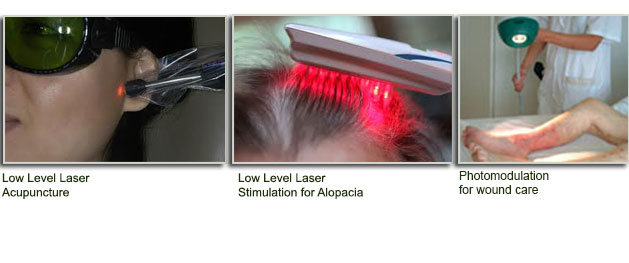
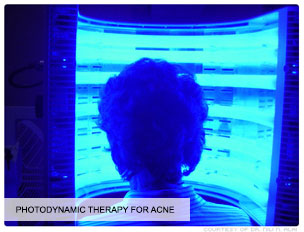 Common use for Photodynamic therapy in Cosmetic medicine is for the treatment of resistant acne and for the treatment of multiple actinic keratoses (
Common use for Photodynamic therapy in Cosmetic medicine is for the treatment of resistant acne and for the treatment of multiple actinic keratoses (